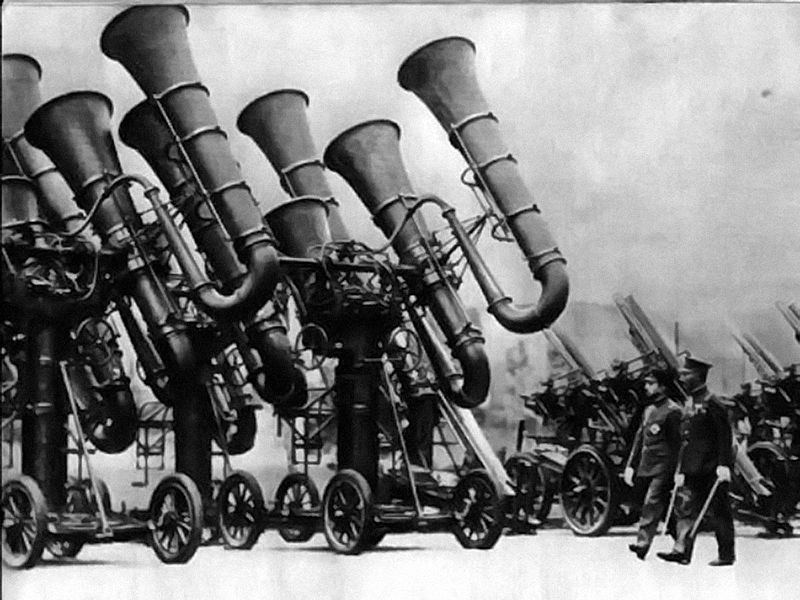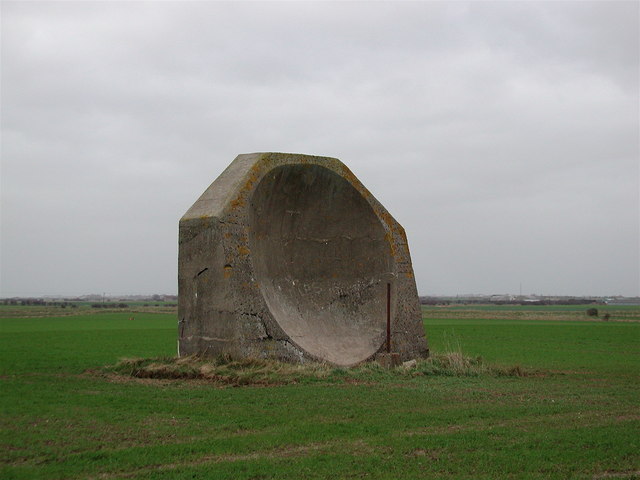Historical
See other Historical Articles
Title: "War tubas" -- The strange history of listening before radar
Source:
Mashable
URL Source: http://mashable.com/2015/02/16/war-tubas-radar-wwi/?utm_cid=lf-toc
Published: Feb 28, 2015
Author: Chris Wild
Post Date: 2015-02-28 11:11:26 by Willie Green
Keywords: None
Views: 1369
Comments: 3
During World War I, aerial warfare became increasingly important. Zeppelin airships conducted bombing raids on the south coast of England, and winged aircraft were employed as bombers by both sides. If their approach was detected, fighter aircraft could head off the enemy or shoot them down. Aircraft engines produced unprecedented sound, so in order to hear them at a distance, the war efforts developed listening devices. Some were small and portable, for the use of one person. The operator listened using stethoscope-style headphones. But detecting engine noises at greater distances allowed more time to prepare a response. Large and elaborate detectors were experimental, and their efficiency varied widely. A number of designs were quite striking, such as the Japanese acoustic locators nicknamed "war tubas." Their use continued until the early years of WWII, but increases in aircraft speeds and the development of radar rendered them obsolete.
Post Comment Private Reply Ignore Thread
Top • Page Up • Full Thread • Page Down • Bottom/Latest
#1. To: Willie Green (#0)
They pilfered the Wikimedia photo, it seems. It shows the Jap emperor inspecting his war tubas. The article had some other decent photos but didn't include the parabolic acoustic mirrors Britain was building (and which still exist). They were cancelled when Britain developed working radar.
They're kind of like a primitive forerunner of the dish-shaped microphones you sometimes see the media using along the sidelines at football games nowadays.
"Some people march to a different drummer — and some people polka."
self ping
Si vis pacem, para bellum


Rare 4.5 metre high concrete structure near Kilnsea Grange, northwest of Godwin Battery, a relic of the First World War. On the pipe in front of the acoustic mirror was a trumpet-shaped ‘collector head’, a microphone which could pick up the reflected engine sound of Zeppelins approaching from the sea. Wires passed down the pipe to a listener seated in a trench nearby with a stethoscope headset, who would try to determine the distance and bearing of any enemy airships.
#2. To: TooConservative (#1)
#3. To: stoner (#0)
Top • Page Up • Full Thread • Page Down • Bottom/Latest
[Home] [Headlines] [Latest Articles] [Latest Comments] [Post] [Mail] [Sign-in] [Setup] [Help] [Register]
